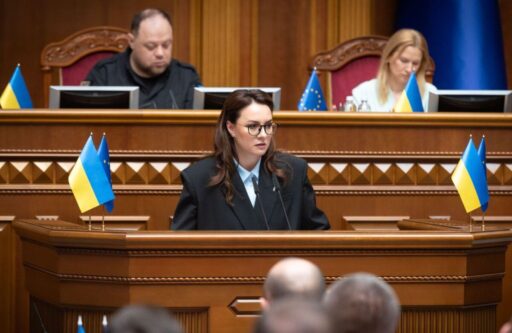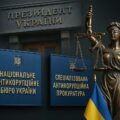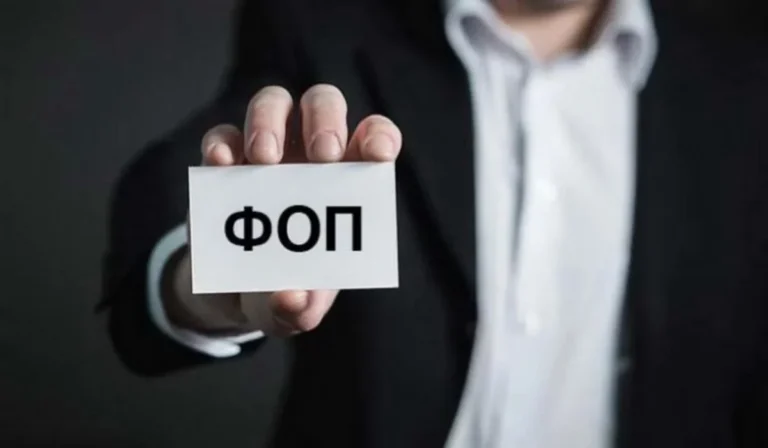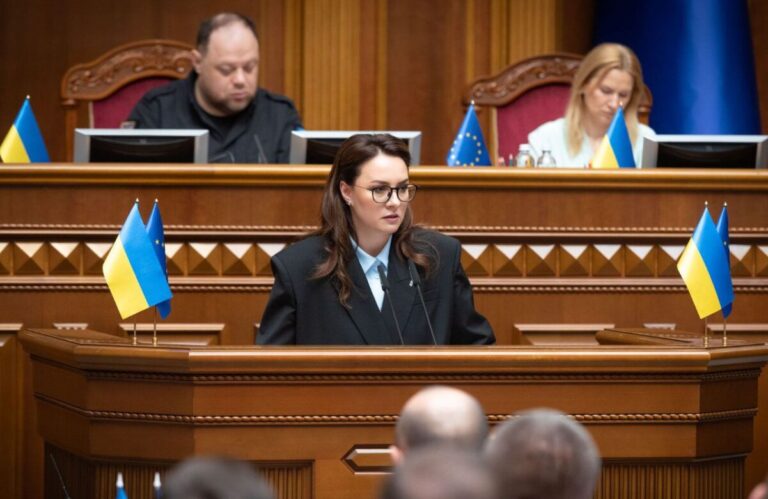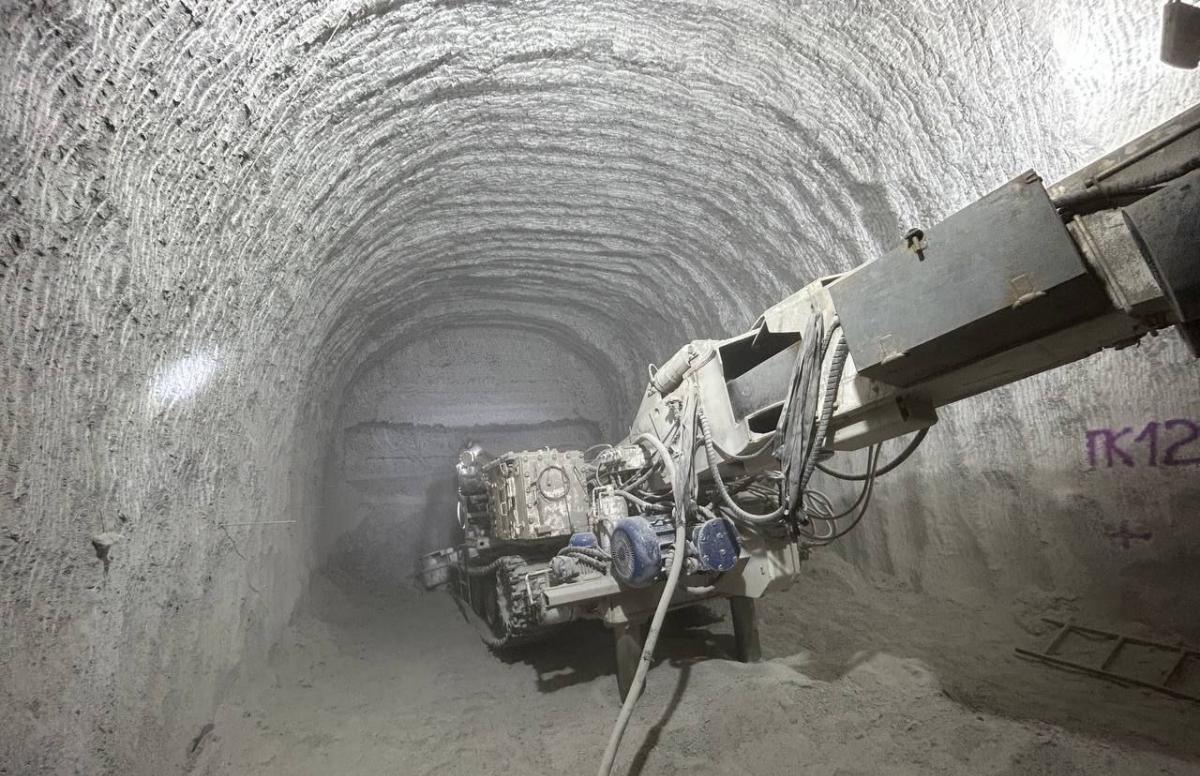
Ukraine’s Only New Salt Mining Project Faces Bankruptcy.
Kation Invest became Ukraine’s first and only subsoil user to begin constructing a new salt mine during the full-scale war. In 2023, it symbolized a national effort to restore a critical industry following the shutdown of state-owned Artemsil. But by 2025, the company found itself at the center of a multilayered conflict that may end in liquidation.
The reasons are complex and intertwined: a corporate struggle between shareholders, financial claims, and bankruptcy lawsuits. This situation takes on special significance given the strategic importance of salt for Ukraine and the absence of any real alternatives.
Kation Invest was granted a license to extract rock salt from the Tereblyanske deposit in Zakarpattia back in 2017. However, actual operations began only in 2022, after the onset of the full-scale Russian invasion, when the company started constructing a new mine.
In August 2023, President Volodymyr Zelensky publicly announced the start of development at the site, stating that the company had begun “developing a salt deposit that can supply all of Ukraine with table and industrial salt.” The company planned to produce 60,000 tons of industrial salt in 2024 and begin food-grade salt production in 2026.
But in March 2024, construction of the mine and salt extraction were completely halted. The reason: an internal conflict between the company’s shareholders, which escalated into legal proceedings and threats of bankruptcy.
Who Controls Kation Invest and What the Conflict Is About
According to data from the YouControl analytics system, the ownership structure is as follows:
- 50% Valentyn Kondratiev (via JSC ZNVKIF “Ekho”)
- 45% Oksana Omelyanenko (via JSC ZNVKIF “Yukon”)
- 5% Ihor Herei
The company’s director is Serhii Kondratiev, the son of Valentyn Kondratiev.
In March 2024, the director publicly stated that “one of the owners plans to artificially halt the company’s operations in order to drive it into bankruptcy.” This comment marked the conflict’s entrance into the public sphere.
First Bankruptcy Lawsuit: Finex Group Becomes a Creditor
In April 2025, Publishing House “Center for Financial Information” LLC, linked to Ihor Kohut, the founder of Finex Group, filed a petition for bankruptcy proceedings with the Commercial Court.
According to the petition, Kation Invest owed:
- UAH 3.6 million to “VP Promkomplekt” LLC (equipment supplier)
- UAH 1.9 million to “OSK-Technology” LLC (equipment supplier)
- UAH 0.8 million to the Military Mining and Rescue Unit of the State Emergency Service in Ivano-Frankivsk region (emergency services)
All contracts were signed in 2023, and court rulings have been issued to recover these debts.
In 2024, Finex Group (via the Center for Financial Information) repaid these debts, assuming creditor rights through surety agreements in some cases and assignment of claims in others.
The total debt amount after factoring in inflation losses, 3% annual interest, penalties, and legal fees exceeds UAH 10.16 million.
A Second Bankruptcy Attempt From Within
At the end of August 2025, the Commercial Court received a second bankruptcy petition, this time from Zakarpattia Mining Company LLC, a firm co-owned by Kation Invest shareholders Kondratiev and Omelyanenko.
Notably, Valentyn Kondratiev claims the decision to file the petition was not approved at any general meeting of the creditor company’s participants. According to him, the petition was filed by Oleksandr Prozur, director of Zakarpattia Mining Company, who was appointed in 2023 at Omelyanenko’s initiative.
The declared debt UAH 4.5 million, which, according to the petitioner, Kation Invest failed to pay for the lease of two excavators and a mining combine.
Post List
Kation Invest’s Position: Acknowledging Some Debts, Not the Creditors
The company recognizes debts to the original suppliers but disputes the rights of the Center for Financial Information to act as a creditor.
Its reasoning: the surety agreements are allegedly sham deals, effectively functioning as assignments of claim, which under Ukrainian law require the debtor’s written consent. Kation Invest argues that no such consent was given.
Corporate Conflict: A 5% Share Dispute and Parallel Projects
In March 2025, the Supreme Court of Ukraine resolved another branch of the dispute between minority shareholder Ihor Herei and Kondratiev. Herei claimed that he was never fully paid for selling his stake in the company in 2021, and demanded partial return of shares.
His lawsuit included public allegations that Kondratiev and his son, the company’s director, were “deliberately driving the company into bankruptcy.” However, courts at all levels rejected his claims.
It’s worth noting that Herei is currently the director of Sokyrnytsia Zeolite Plant LLC, which has been owned by Ihor Kohut (Finex Group) since 2023. Kohut is also reportedly linked to another salt mining project Planet Comfort LLC, which obtained a special permit for salt extraction at the Dolynske deposit in Ivano-Frankivsk region in 2023.
Without Kation Invest What’s Left?
Ukraine has already lost most of its major salt producers:
- Artyomsol in Soledar shut down due to hostilities
- Solotvyno mines non-operational
- Drohobych Salt Plant operating at minimal capacity
Kation Invest is the only company that tried to launch a new large-scale salt operation after 2022. If it folds, Ukraine’s salt industry will become critically dependent on imports or small-scale private operators.
The Kation Invest situation is more than a corporate dispute. It is a symptom of a deeper issue: Ukraine lacks the mechanisms to ensure the stability of strategic projects, even during wartime. If a company that received public endorsement at the highest level, with the sole goal of restoring domestic salt production, can be dismantled through internal conflict and legal maneuvering it’s time for the state to reconsider how it protects investment, ensures judicial clarity, and secures critical industries. This case is about more than business. It’s about resource security. And about the pressing question: Can the state retain what little it still has left?




